The Painted ForestErnest Hupeden (d. 1911)
Extant
E846 Painted Forest Dr. , Valton, Wisconsin, 53968, United States
1898-1899
Tours are offered on weekends June through mid-October. Check the website for more details or email davidwells@edgewood.edu.
About the Artist/Site
The Painted Forest is an outstanding and original panorama painted on the interior of a simple vernacular building located in the small town of Valton, in the dramatic “Hidden Valleys” region of western Wisconsin. The building was built in 1898 as the fraternal lodge hall for Camp #6190 of the Modern Woodmen of America (MWA). The plain exterior doesn’t hint at the complex decorations of the room within, which is entirely painted with scenes depicting the principles and activities of the Modern Woodmen of America, a fraternal order that provided life insurance for its members. From the clouds in the treetops on the vaulted ceiling, to the wildflowers in the wainscoting, every square inch of the walls, ceiling, and the canvas stage curtain are painted in a symbolic panoramic landscape.
The Painted Forest is the masterwork of the artist Ernest Hüpeden, who was born c. 1858, emigrated from Germany in October 1878 (arriving in New York), and walked into Valton twenty years later. He allegedly worked his way to the Midwest as an itinerant painter. Hüpeden was hired by the MWA, supposedly to paint only the lodge’s stage curtain, in exchange for room and board in a local hotel. He spent two years painting a panoramic backdrop for the Modern Woodmen to enact their rituals within. Unlike the other panoramas of the time, which were public entertainments, The Painted Forest was not intended to recreate historical events, but was made as a setting for secret ritual initiation and other fraternal activities, where the performers and audience were one and the same.
The Painted Forest is a complex composition presenting a sequential narrative unfolding in a metaphorical landscape that reflects the actual surrounding landscape and local history and culture with remarkable fidelity. The cardinal points of the compass have strong symbolic significance in many fraternal rituals, and lodge halls are appointed accordingly. In The Painted Forest each scene reveals its actual and symbolic direction, and several allude to a point in time––past, present, or future––as well. Rather than giving his patrons a grand pastiche in the historicized Egyptian or Moorish styles (common to many fraternal lodge halls), Hüpeden created a singular space in which the MWA could enact their mysteries enveloped in renditions of their home landscape––Valton, in the past, present, and future.
The mural’s narrative begins in the southwest corner with a candidate for initiation riding a wide-eyed goat, heading west toward a tree with an owl in its branches, and with a skull and crossbones on the forest floor below. The candidate’s terrified expression is unforgettable. He is injured and his arm is wrapped in a sling. The goat and sling are direct references to the MWA initiation ritual for, as in other fraternal orders, the initiation ritual featured a blindfolded ride on a mechanical goat. Prior to the manufacture of elaborate “hoodwinks,” the Modern Woodmen used a sling to blindfold the candidate for the ride. Deprived of sight, disoriented, and at the mercy of not-yet-fellow initiates, the candidate straddled––literally–– the primitive animal realm, with all its erotic, earth-bound associations, from which he will be bucked off or survive.
Moving around the corner to the west wall (divided by two windows), the first panel features an untamed conifer forest. The central panel on the west wall features a tumultuous scene: the candidate for initiation is dragged in by masked men in unidentified ritual costumes, forced to witness a calamity. Within a clearing between hills that appear to collapse into the center, black-masked and costumed men burn a Modern Woodman of America member––still very much alive––in a roaring bonfire. Off to the right a man in street clothes lies, stabbed to death, by one of the bandits. This grizzly scene corresponds to the place in the lodge where the mortality ritual––an enactment of a symbolic death in order to attain wisdom regarding life’s mysteries––took place. Hüpeden satisfied his patrons with an imaginatively original image, warning of the need to be conjoined in fraternity, the better to survive the perils lurking in both nature and society. In the last vignette on the west wall the candidate, still visibly shaken, is led by his MWA Escort to a darkened forest clearing under a blazing sunset. Skeletons are strewn in the woods. Death, the “inevitable initiator,” is ever-present, but they approach the safety of a campfire with a tripod and black cauldron, around which eight Modern Woodmen gather. The grey-robed Forest Patriarch––figure of wisdom and authority in MWA rituals––officiates in this scene, conveying the promise of safety in the bonds of fraternity. Thus concludes the dramatic west wall.
The north wall is painted as a lofty expanse of forest, with a billowing fire in the center and an imposing castle on a distant mountain. The candidate (who has possibly achieved initiate status by now) is guided by the Forest Patriarch and accompanied by four axe-wielding Modern Woodmen members. The patriarch points to the castle, an MWA outpost with pennants flying from the turrets, one with the MWA motto Peace Light and Safety, the other, M.W. of A. Valton Camp #6190. During the initiation the Forest Patriarch was stationed here, and the mural symbolizes the fundamental tenet of the solidity found in fraternity, after surviving the initiation ritual, while also representing north, and Germany, the homeland Hüpeden left behind.
The eastern wall (also divided by two windows) brings daylight, the present, and the future. Departing from the emotional and philosophical imagery on the west and north walls, the first scene on the east wall features several industrious MWA members cutting trees and splitting logs in a domesticated forest setting. A mother with her baby stands in the doorway of a log cabin, apparently experiencing the security that accompanies diligent labor and an ordered, insured life. Hüpeden adapted this image from MWA letterheads and insignia.
The center scene on the eastern wall portrays a leap from daily life into the future, Hüpeden’s vision of Valton one hundred years later, in 1999. The diligent labor and ambition depicted in the previous vignette evolves into a cityscape cleared of every single tree. Hüpeden created a rendition of an urban future in which commerce flourishes into the vanishing point. The most prominent building, the MWA Bank of Valton, looms in the foreground. The interior is shown in a cut-away view, revealing a widow in mourning dress cashing in her MWA insurance policy for $2,000. A death has occurred but no Modern Woodmen of America members surround the widow in her time of need. While flattering his patrons with an imagined city, Hüpeden predicted the evaporation of fraternity (the MWA eventually abandoned their fraternal trappings), and the group’s evolution into commercial insurance company.
On the final section of the eastern wall Hüpeden painted a meadow of flowers interspersed with tree stumps and young growth birch and poplar––varieties of succession-regrowth trees that follow deforestation. Here, devoid of ritual overtones, Hüpeden painted the future of the future, bathed in early morning light. It is here that the ritual ends and the landscape continues, as if recovering peacefully, after a harrowing drama or dream.
Centered in the southern wall is a stage with a canvas curtain, which may have been the single surface that Hüpeden was originally hired to paint. The curtain is framed with trompe l’oeil drapery, appearing to have just been swept open and tied back, revealing an exotic, patriotic scene: the U.S.S. Olympia sinking the Spanish fleet in Manila Bay, a major battle in the Spanish-American War. The painted curtain portrays an important current event, underscoring the solvency of the Modern Woodmen of America as an insurer, as many benefits were paid to widows of this conflict. At a glance the maritime scene appears incongruous in a room enveloped in pine forest, but it depicts south as surely as the castle, opposite, depicts north. Hüpeden signed the stage curtain and dated it 12/20 1899.
The building that houses The Painted Forest had been used by local residents for many years. In 1980 Kohler Foundation, Inc. (KFI, Kohler, WI) purchased the building and funded a major restoration, completed in 1982. The site was gifted to Sauk County, but by 2001 the County could no longer care for the building and it was returned to KFI. In 2004 the site was gifted to Edgewood College (Madison) and is now being preserved and operated as an educational facility. KFI created the Painted Forest Studio, a two-story studio and residency facility, to facilitate activities generated by The Painted Forest through Edgewood College.
Hüpeden spent the last chapter of his life wandering and painting portraits of farmsteads in western Wisconsin until his death. He was found, frozen in the snow, in Hub City, in December 1911. Hüpeden’s works are preserved in the permanent collections of the John Michael Kohler Arts Center (Sheboygan), the State Historical Society of Wisconsin (Madison), and in many private collections.
~Lisa Stone
Contributors
Materials
Painted interior lodge hall; building: wood construction, stone foundation
Related Documents
MEDIA
Lisa Stone presents on The Painted Forest at the 2020 International Panorama Council Conference
Map & Site Information
E846 Painted Forest Dr.
Valton, Wisconsin, 53968
us
Latitude/Longitude: 43.5742016 / -90.2740174
Nearby Environments


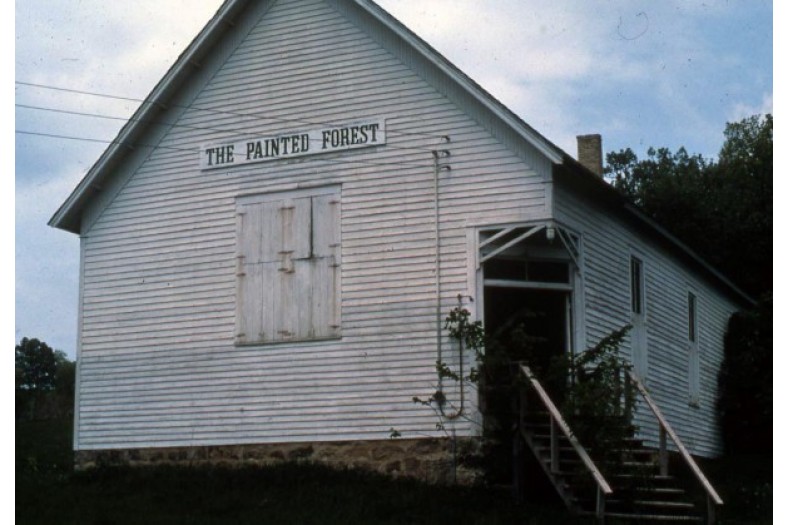
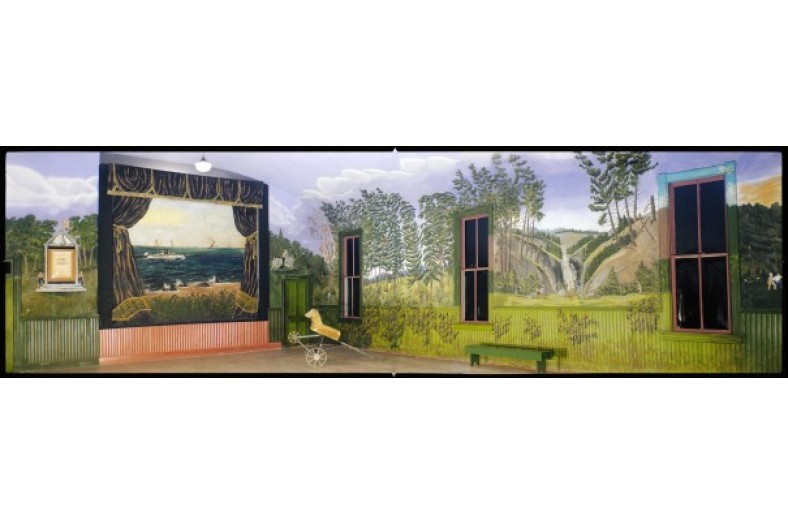
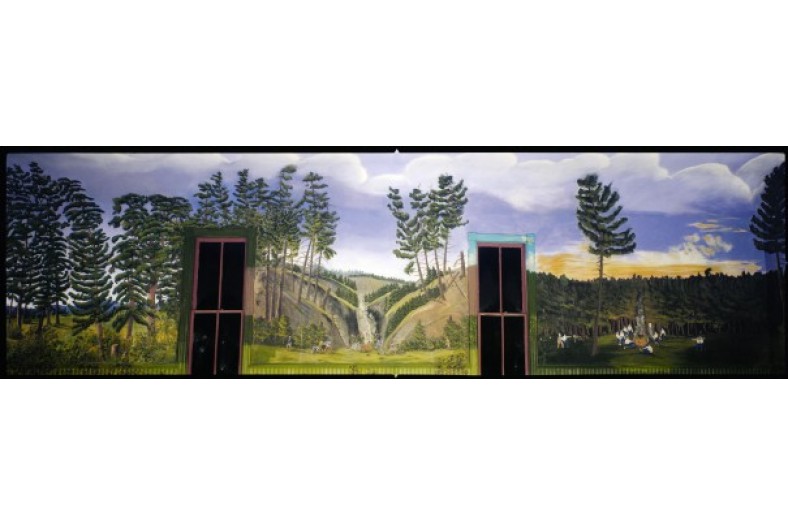
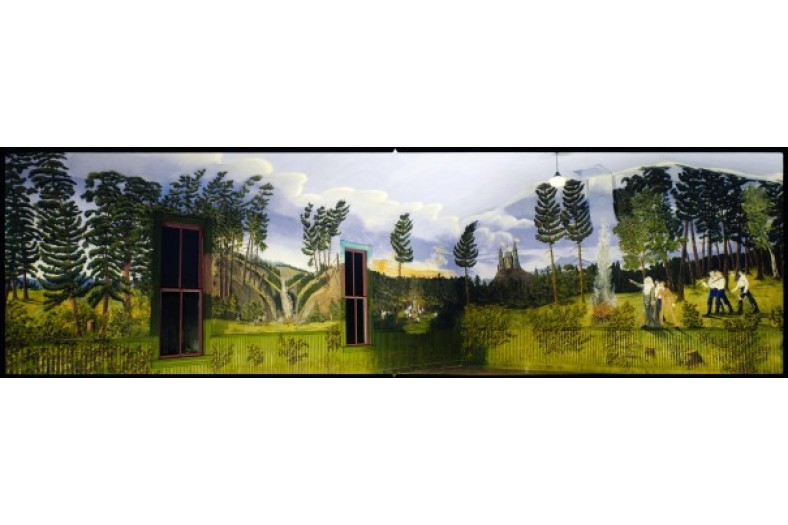
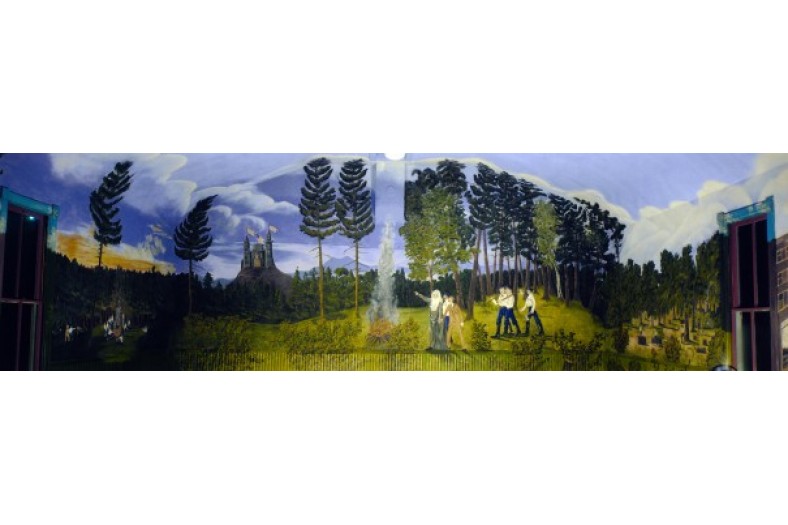

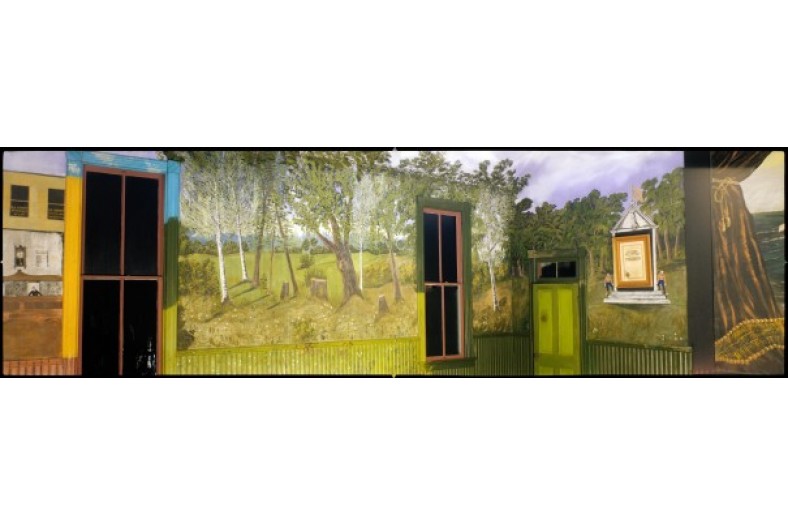
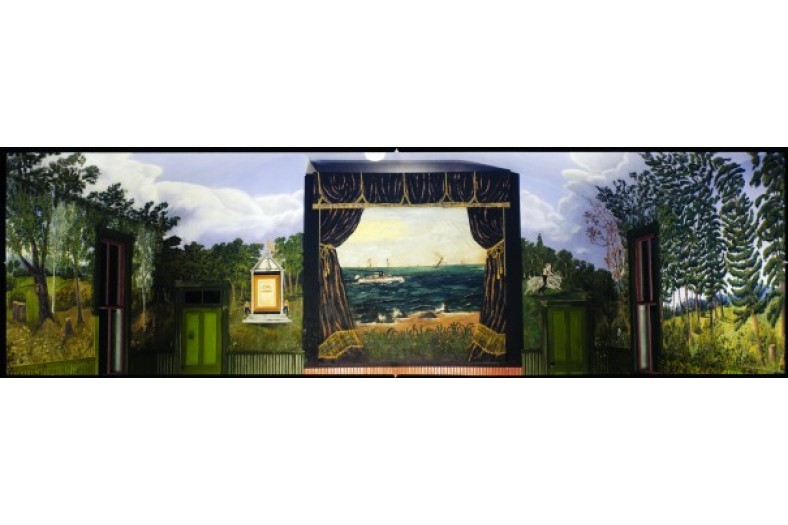
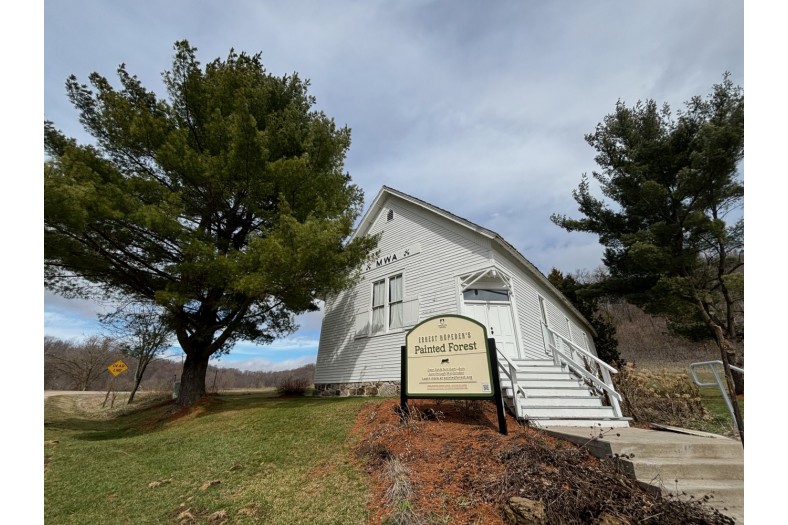
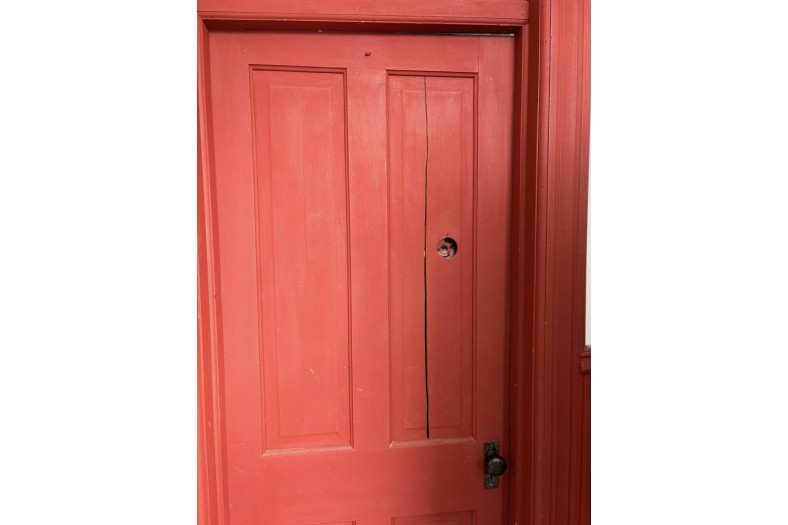
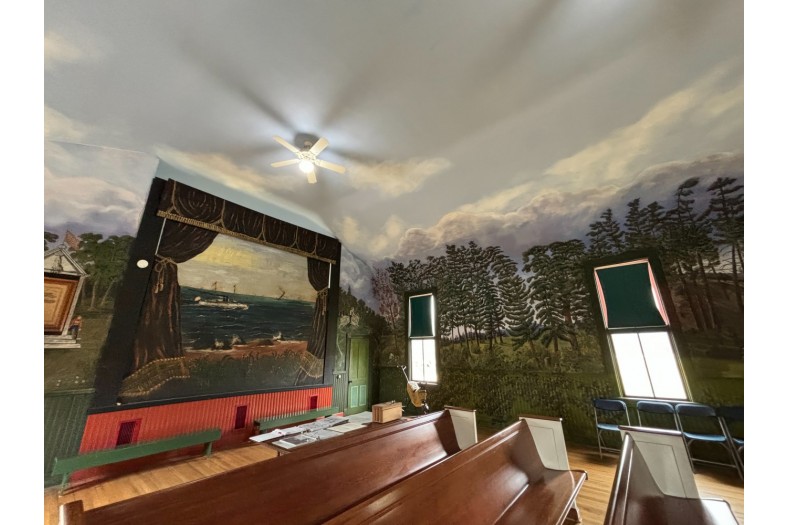
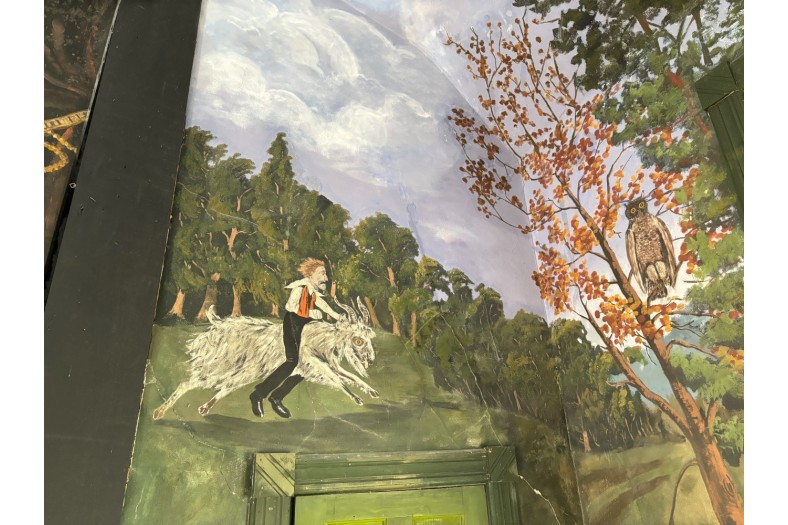
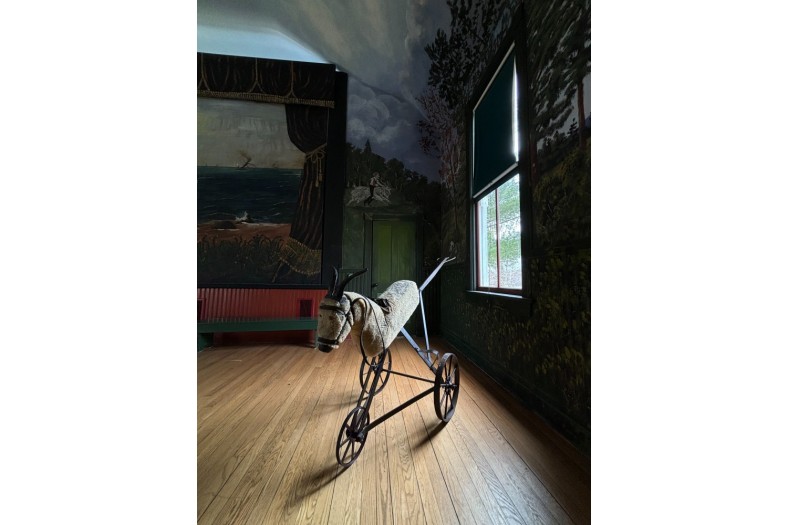
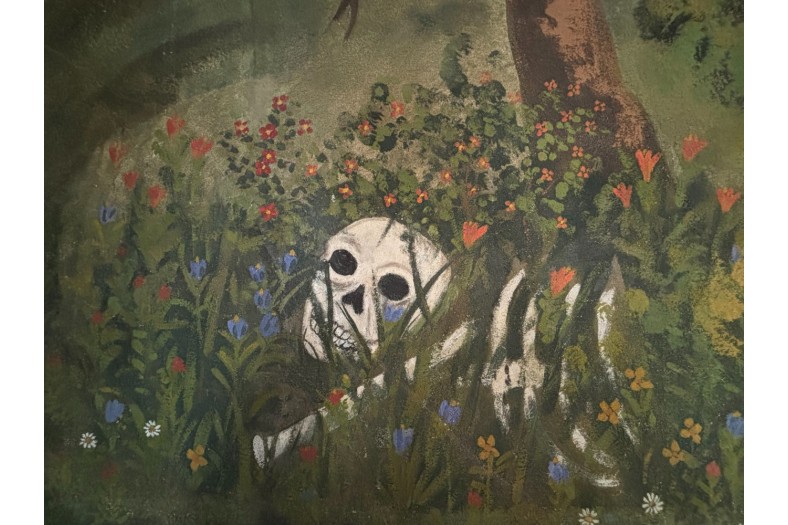
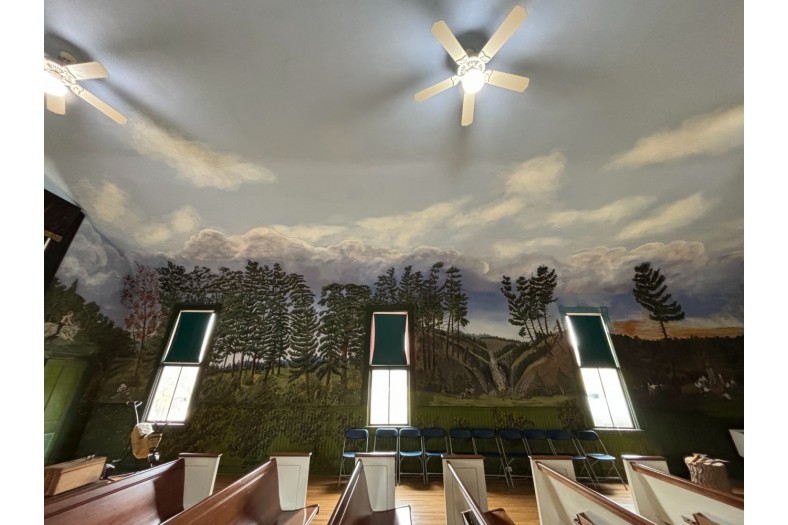
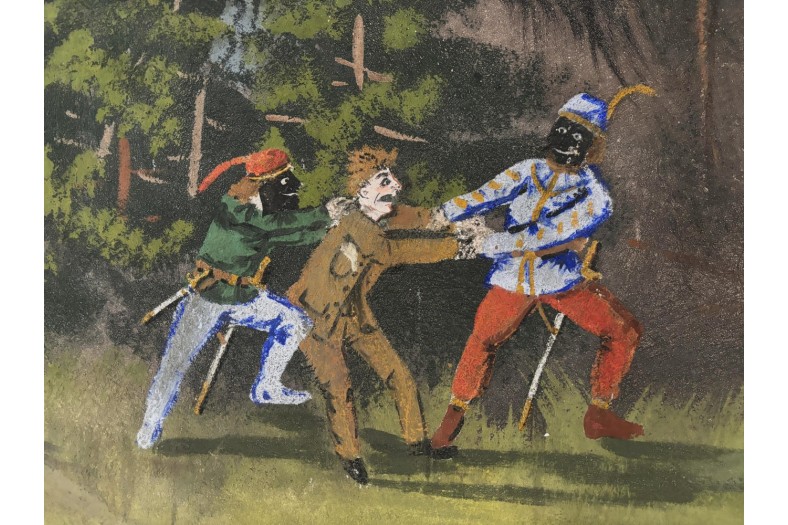
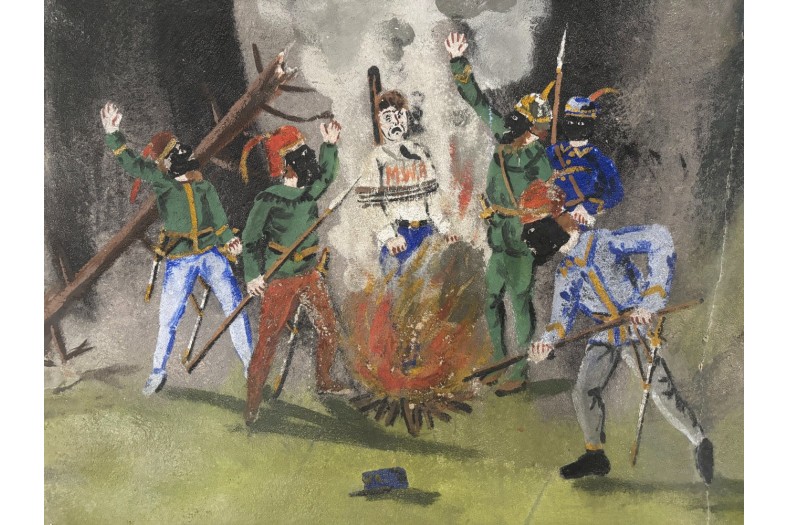
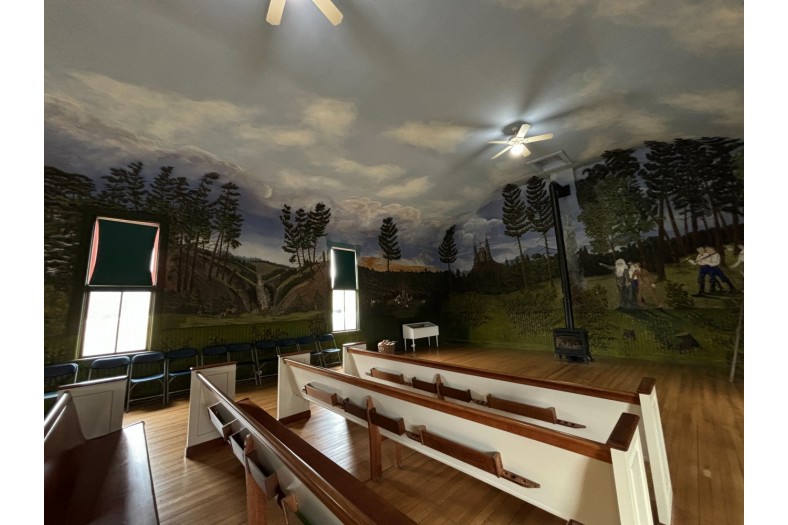
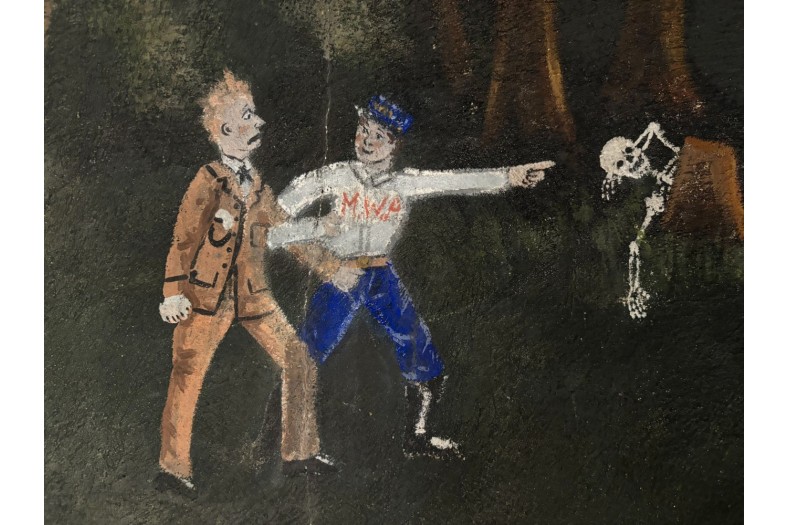
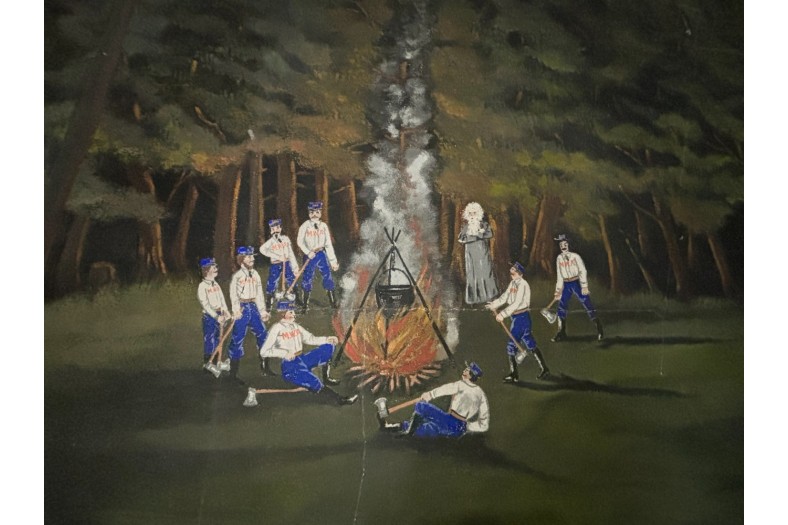
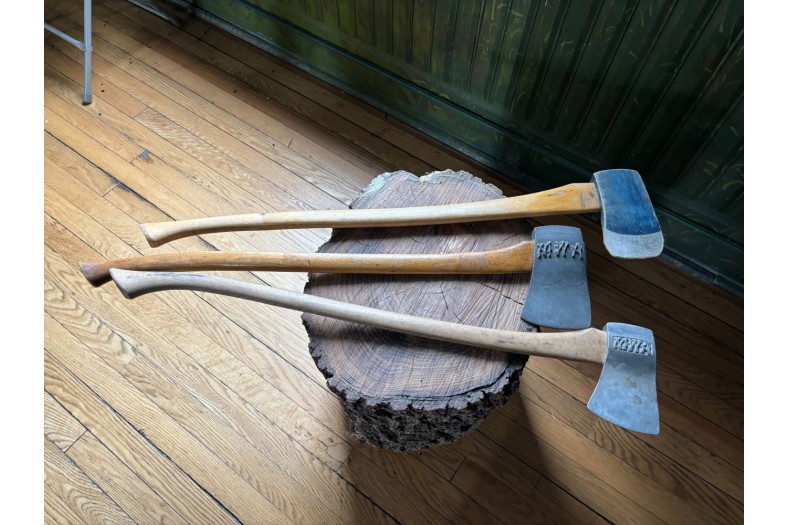
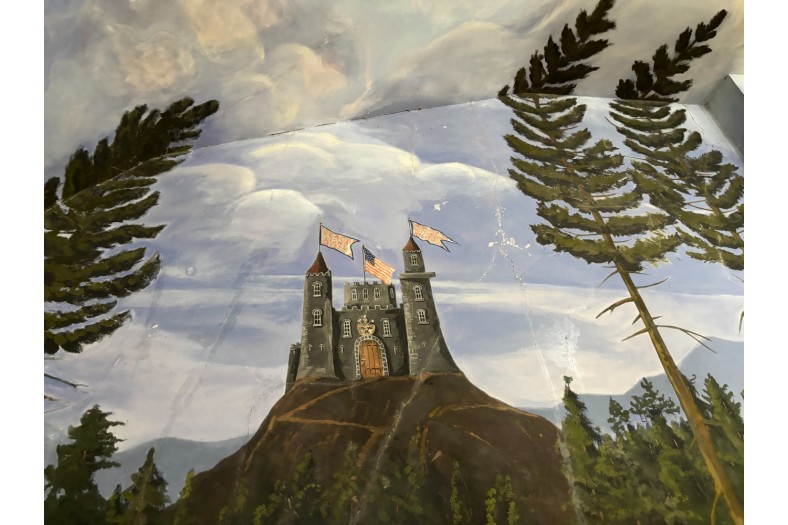
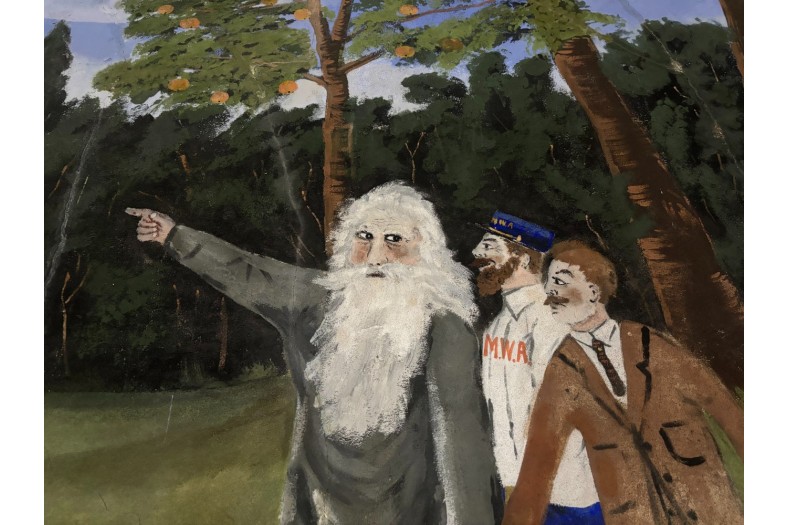
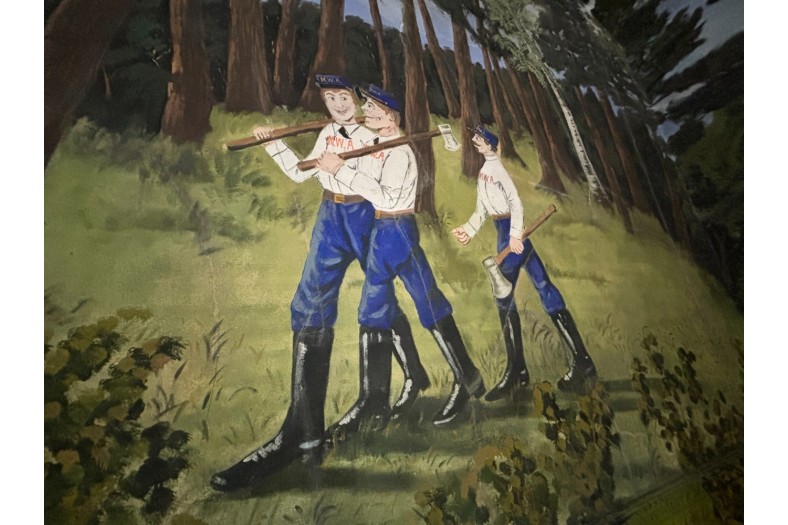
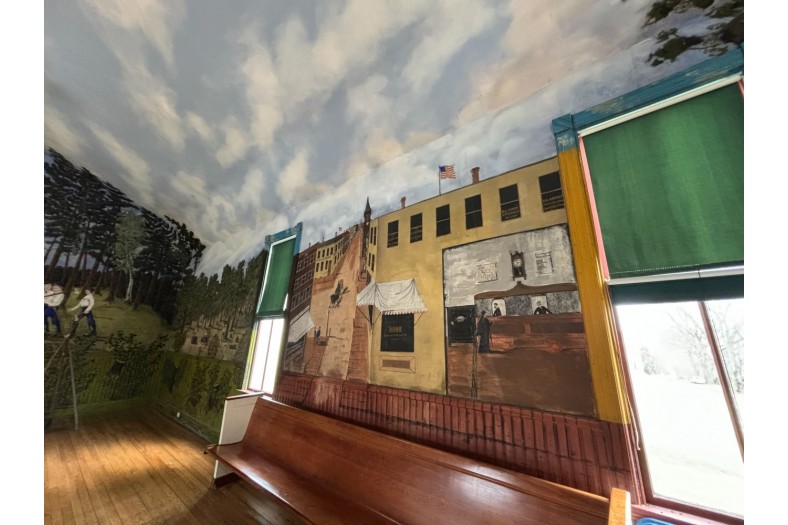
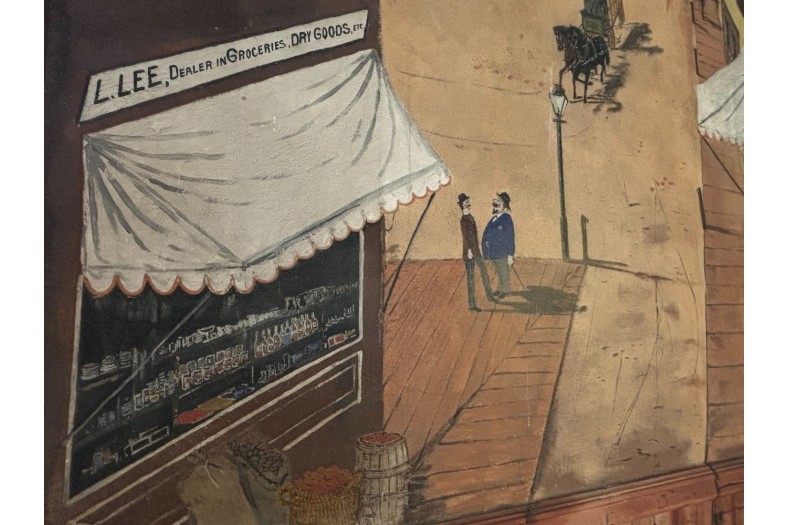
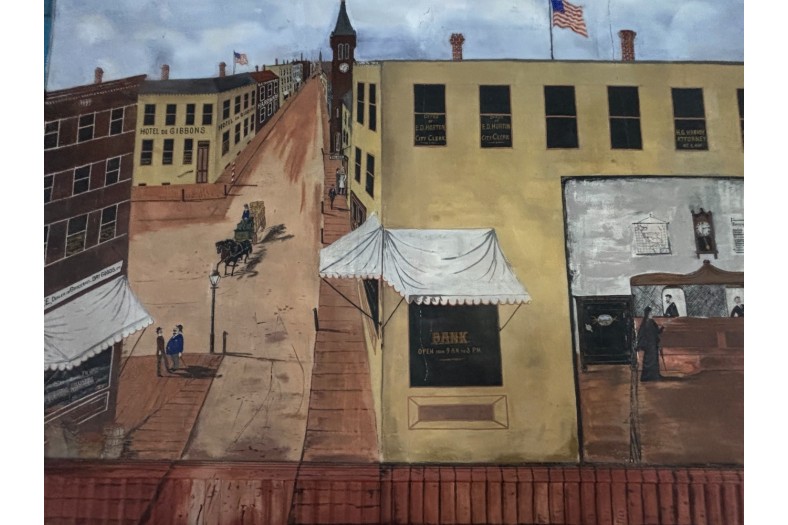
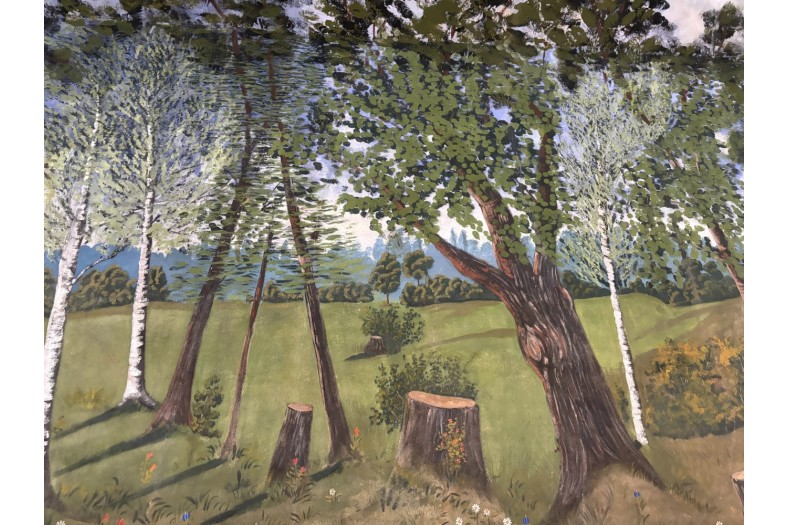
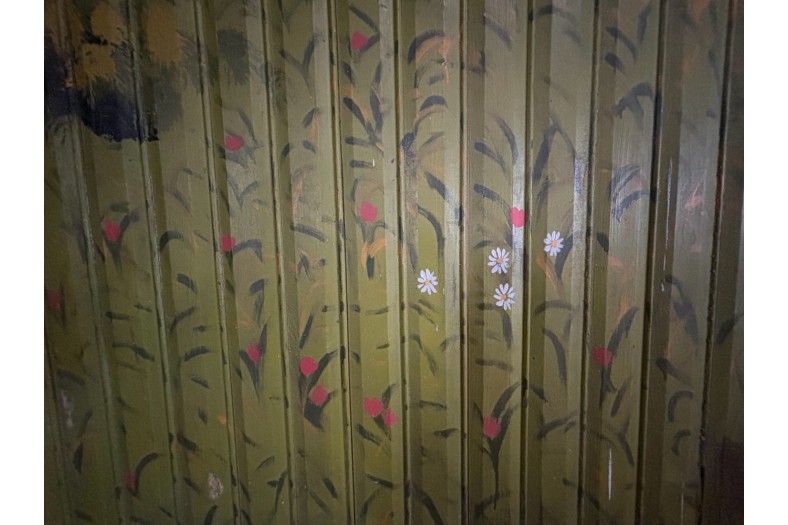

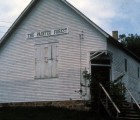
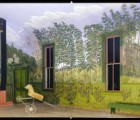
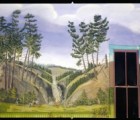
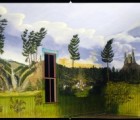
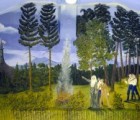
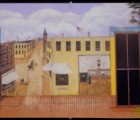
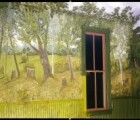
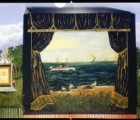
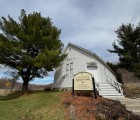
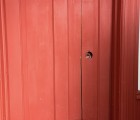
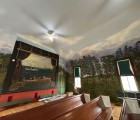
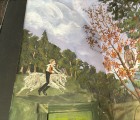
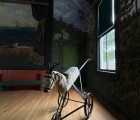
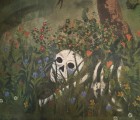

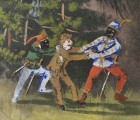
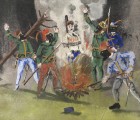
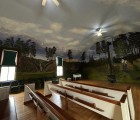

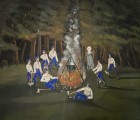
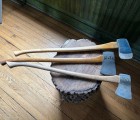
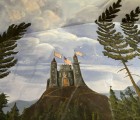
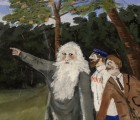
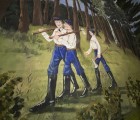
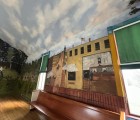
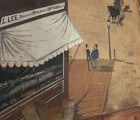
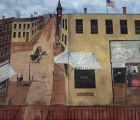
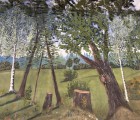
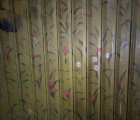
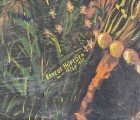
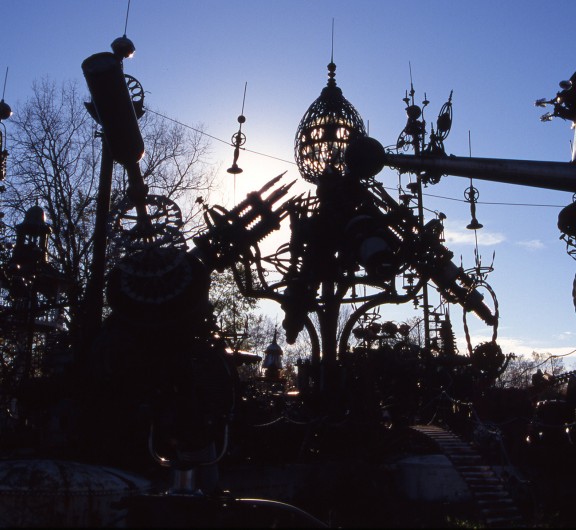
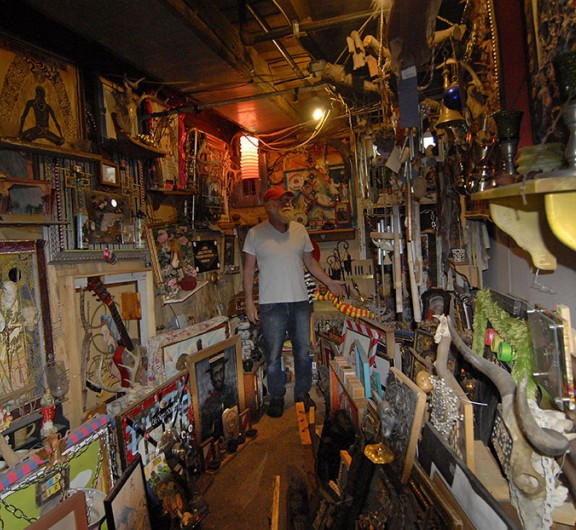
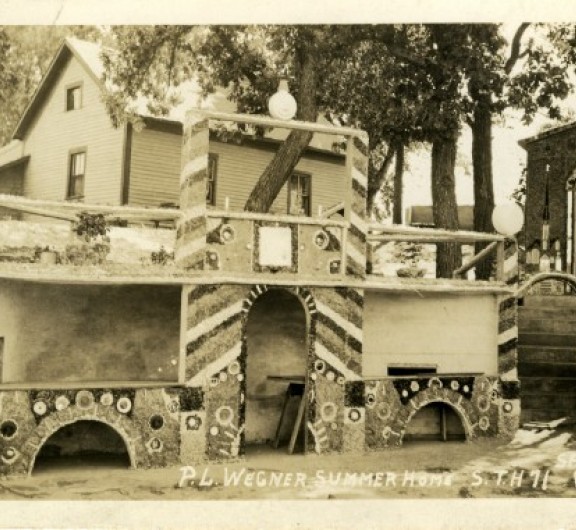
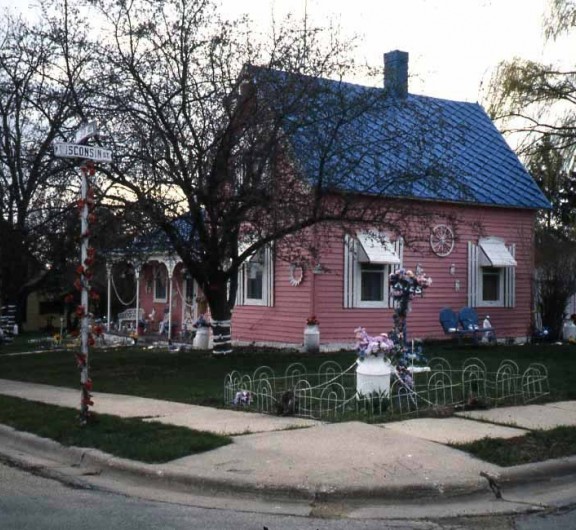
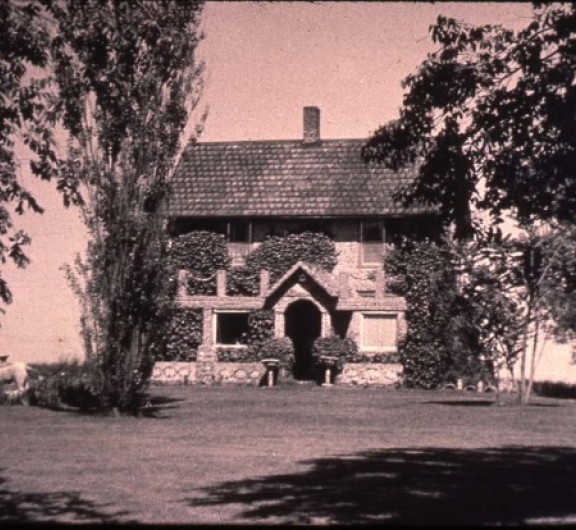
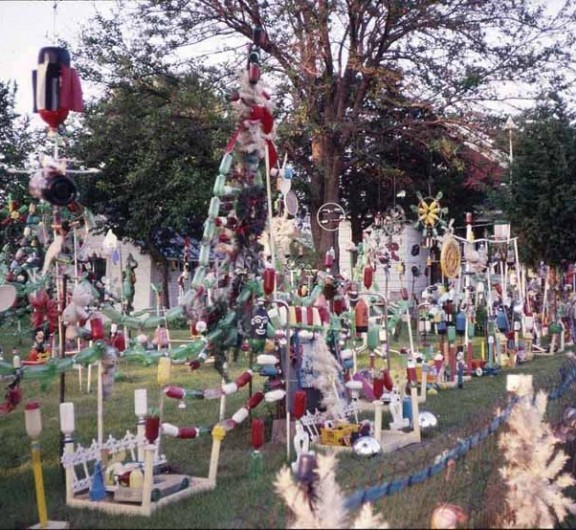

Post your comment
Comments
No one has commented on this page yet.